Skin Care
Don’t Let Heat Rash Dampen Your Monsoon Spirit!
4 min read
By Apollo 24|7, Published on - 12 July 2022, Updated on - 18 October 2022
Share this article
0
6 likes
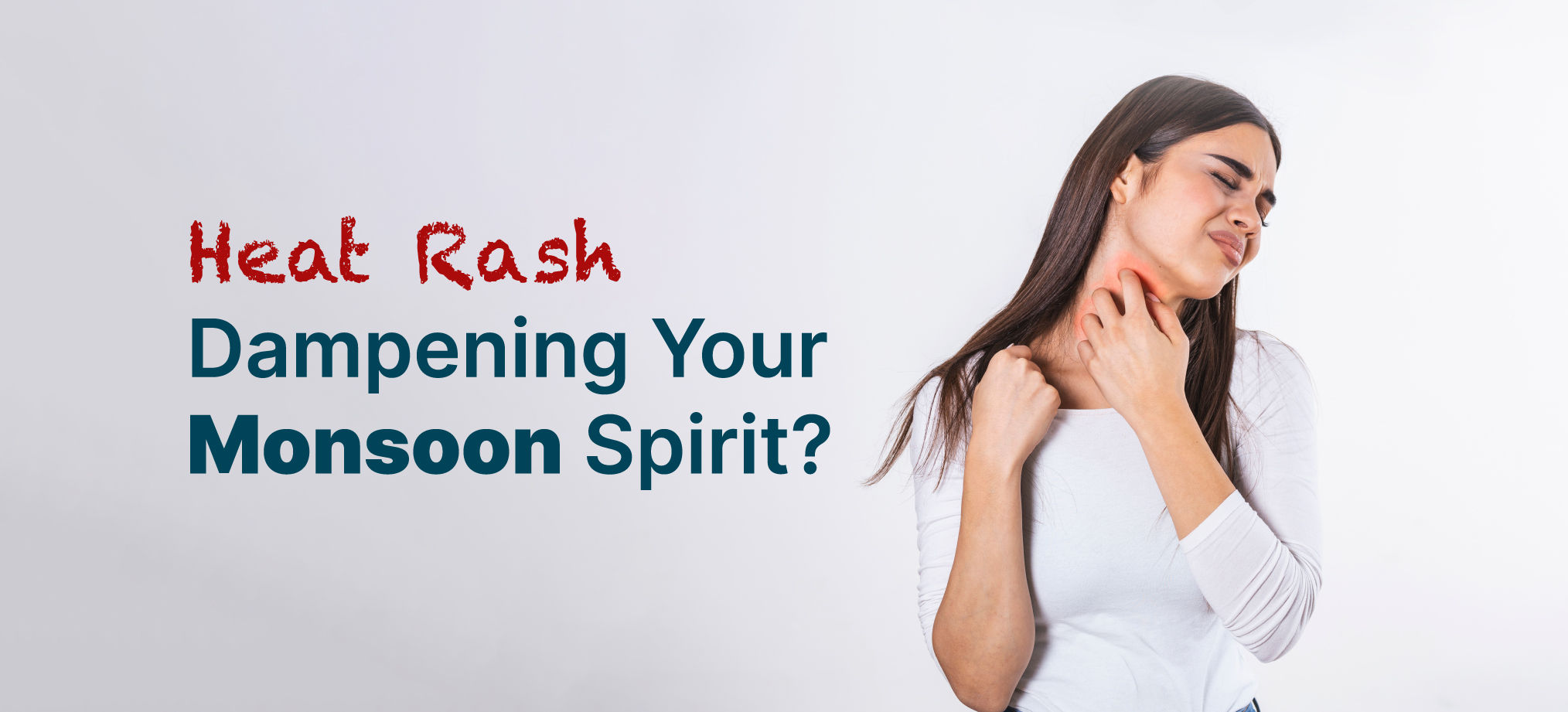
The summer of 2022 will most likely be remembered for the back-to-back episodes of severe heat waves across India. Although the arrival of the monsoon was expected to provide much-needed relief, things seem to have taken a not-so-unexpected turn. While certain parts of the country are experiencing heavy rainfall and flooding, people living in other regions are reeling under hot and moist weather conditions.
The erratic monsoon has also brought another problem; heat rash, a condition characterised by prickly and itchy spots on the skin. While it is possible to get heat rash during any time of year, they are most common during warmer and humid months. The article explains the ways to deal with heat rashes in detail below.
What Causes Heat Rash?
A mix of high temperature and humidity is the most common cause of heat rash. Your body starts sweating in response to high temperatures to cool down your skin. However, when you sweat profusely, the sweat glands become overwhelmed, resulting in clogging of the gland ducts. Due to clogged ducts, the sweat gets trapped beneath the skin leading to heat rash. High levels of physical activity, immature sweat glands, prolonged bed rest, and hormonal imbalance are some of the factors that can also increase your risk of heat rash.
What Are The Symptoms of Heat Rash?
Neck, shoulders, armpits, chest, and groin are the regions that are commonly affected by heat rash. The signs of heat rash usually appear within hours after you start sweating. The most common signs are:
- Red bumps on the skin fold with trapped sweat
- Prickly feeling and itching in the affected area
- Swelling and puffy skin around the rashes
- Mild pain or tingling sensation in and around the rashes
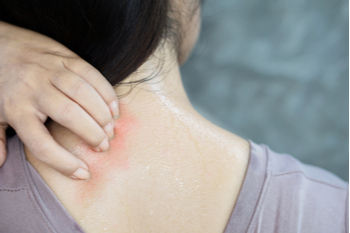
- Severe rashes, high fever, and infection are some of the serious symptoms of heat rash. Although rare, these symptoms may occur if you itch a rash and the pus-filled bumps break open.
How To Get Rid Of Heat Rash?
Heat rash mostly resolves on its own without any treatment. You can help heal the heat rash by keeping your skin cool and dry. If you experience severe itching, then you can consult a physician who will mostly recommend calamine lotion or over-the-counter corticosteroids to soothe the rashes. Fever induced by heat rash can be treated with ibuprofen or acetaminophen.
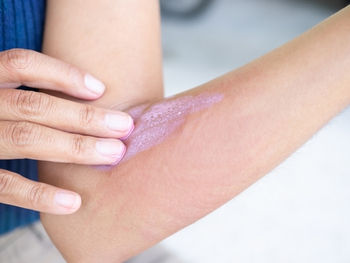
How To Prevent Heat Rashes?
While it may not be possible to completely avoid hot and humid weather conditions, you can still try to protect yourself and your loved ones from heat rash by following these tips:
- Avoid excessive physical activity and exercise.
- Change sweaty and wet clothes frequently.
- Stay in environments that are well-ventilated or air-conditioned.
- Stay hydrated by drinking plenty of water and other hydrating fluids
- Avoid synthetic fabrics. Opt for clothes made of cotton or linen.
- Wear lightweight, loose-fitting clothes that don’t rub against your skin.
- Keep your body cool by taking baths or showers at least twice a day.
- Parents should change their baby’s diapers immediately after they wet or soil them. Avoid wrapping babies in too many layers of clothes.
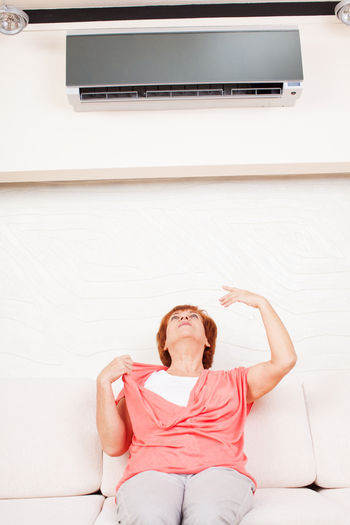
Heat rash mostly goes away on its own without necessitating any treatment. Keeping your skin cool and dry, staying hydrated, and wearing loose-fitting clothes made of cotton are some of the things you can do to lessen your risk of heat rash. However, if your rashes get worse or lead to infection, you should consider consulting a qualified physician.
How to deal with heat rashes during humid weather?
Prof. Dr Koushik Lahiri, a senior consultant dermatologist associated with Apollo 24|7, states that “Heat rash is a casual term which describes a number of skin ailments like miliaria, prickly heat, and sometimes dermatitis. It can affect affects babies, children as well as adults. The symptoms of a heat rash can range from tiny blisters to inflamed lumps or papules. Heat rashes can be very itchy, especially in people who are over-sensitive to heat, humidity, and the resultant sweat. Heat rash usually disappears spontaneously once the skin cools down or with minimal medicaments like calamine lotions and oral anti-allergy medications. However, sometimes in some individuals, the rash may need proper dermatology care.”
Need more information?
Skin Care
Leave Comment
Recommended for you
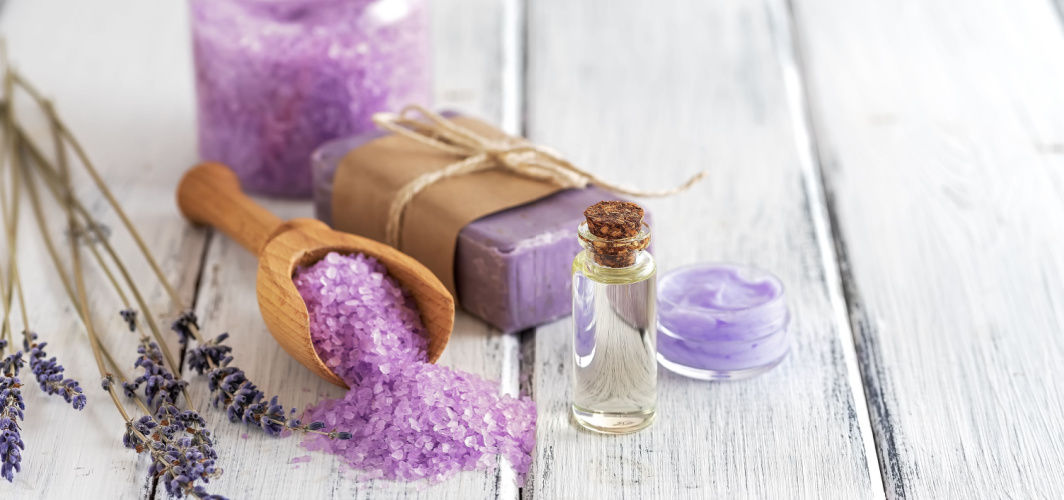
Skin Care
Going For A Bath? Try These Ingredients To Keep Skin Problems At Bay!
Your everyday bathing routine is extremely essential to maintain skin health. To keep skin problems at bay you can add a few beneficial ingredients to your bath water every day. Read on to find out more.
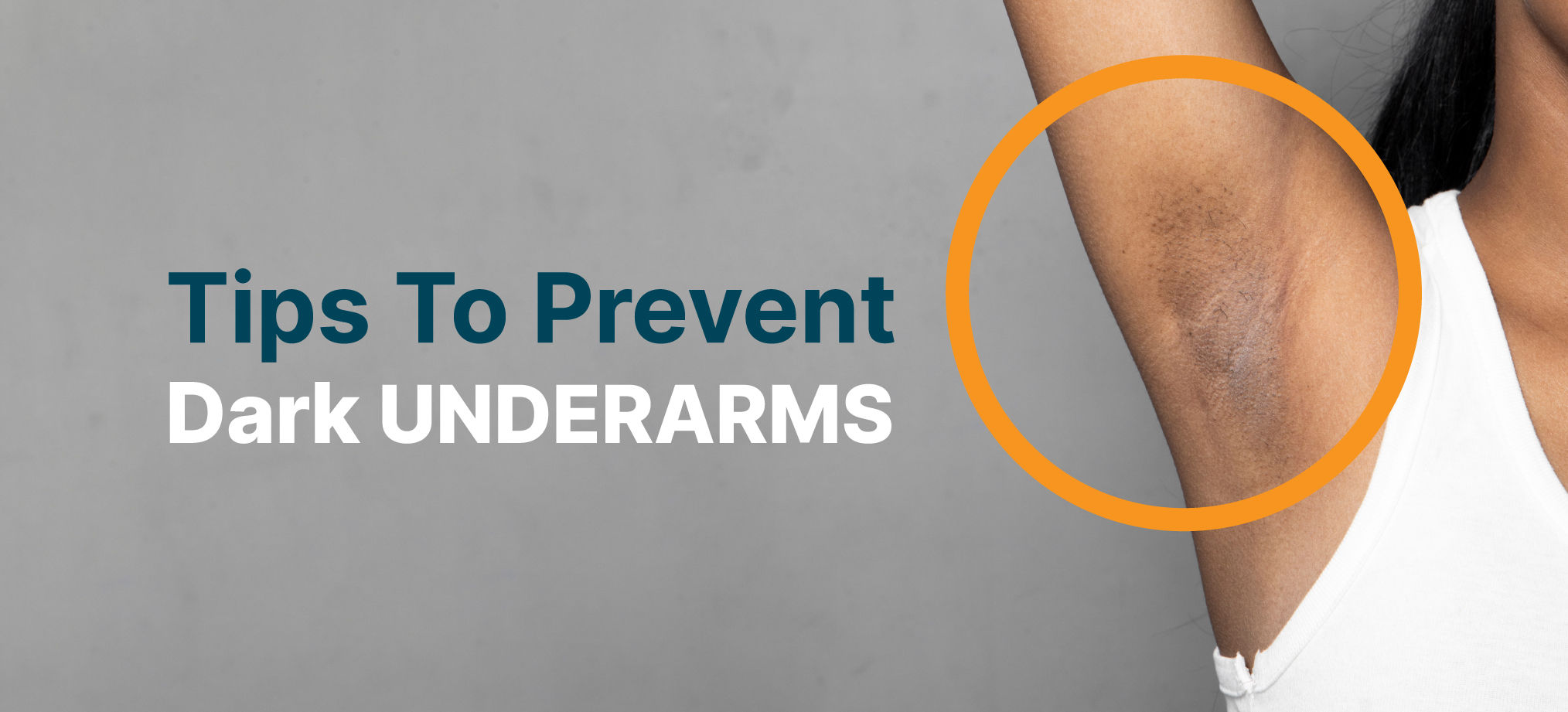
Skin Care
Can Your Deodorant Cause Dark Underarms?
Dark underarms is a common skin problem that becomes bothersome during summers when you wear those cut-sleeves. However, it is possible to get rid of them effectively.
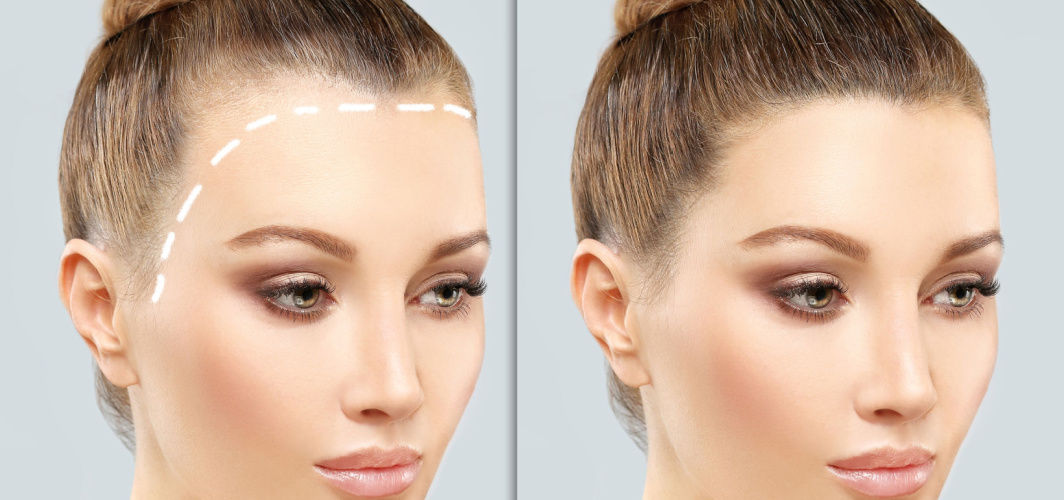
Skin Care
All You Need To Know About Hair Transplant Surgery
Hair transplantation is one of the more common ways of acquiring quality hair. It is a surgical procedure performed by dermatologists and surgeons who take grafts or small pieces of skin from areas of the body with healthy hair to fill in the bald areas.
Subscribe
Sign up for our free Health Library Daily Newsletter
Get doctor-approved health tips, news, and more.
Recommended for you

Skin Care
Going For A Bath? Try These Ingredients To Keep Skin Problems At Bay!
Your everyday bathing routine is extremely essential to maintain skin health. To keep skin problems at bay you can add a few beneficial ingredients to your bath water every day. Read on to find out more.

Skin Care
Can Your Deodorant Cause Dark Underarms?
Dark underarms is a common skin problem that becomes bothersome during summers when you wear those cut-sleeves. However, it is possible to get rid of them effectively.

Skin Care
All You Need To Know About Hair Transplant Surgery
Hair transplantation is one of the more common ways of acquiring quality hair. It is a surgical procedure performed by dermatologists and surgeons who take grafts or small pieces of skin from areas of the body with healthy hair to fill in the bald areas.